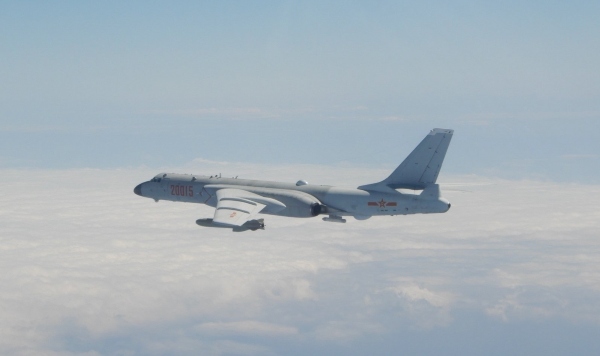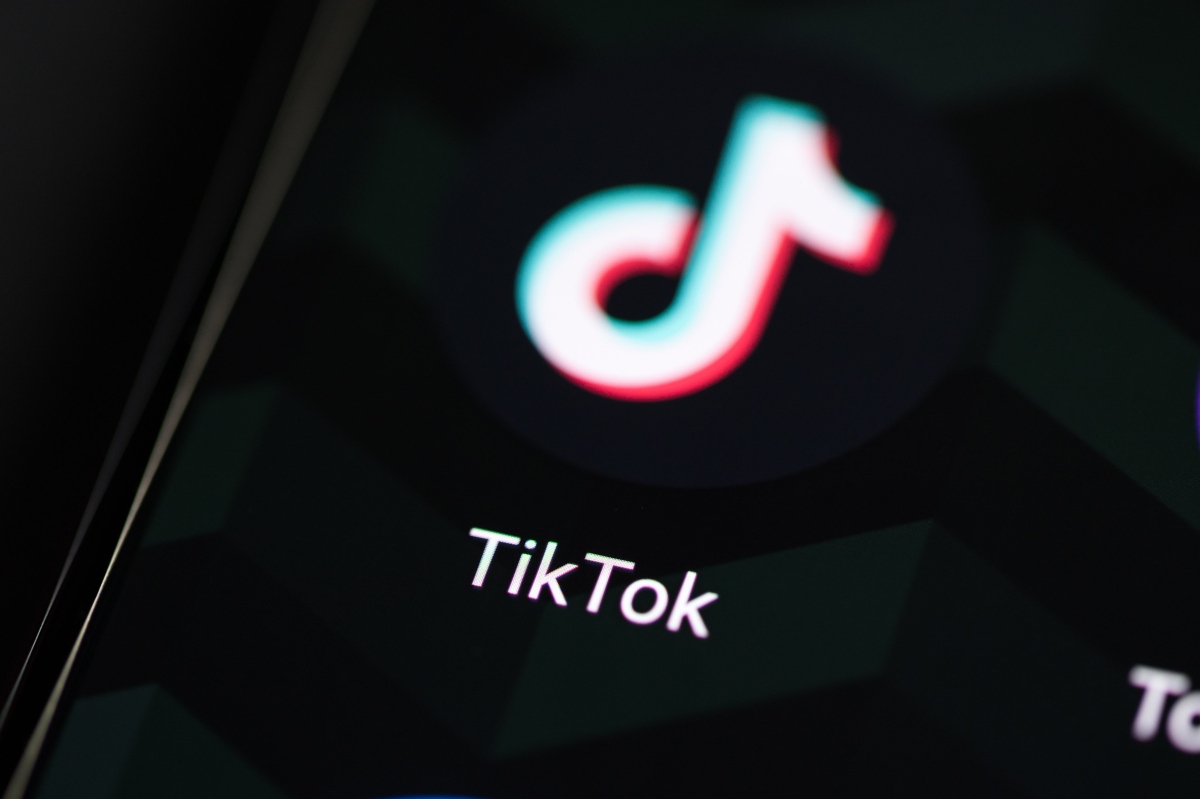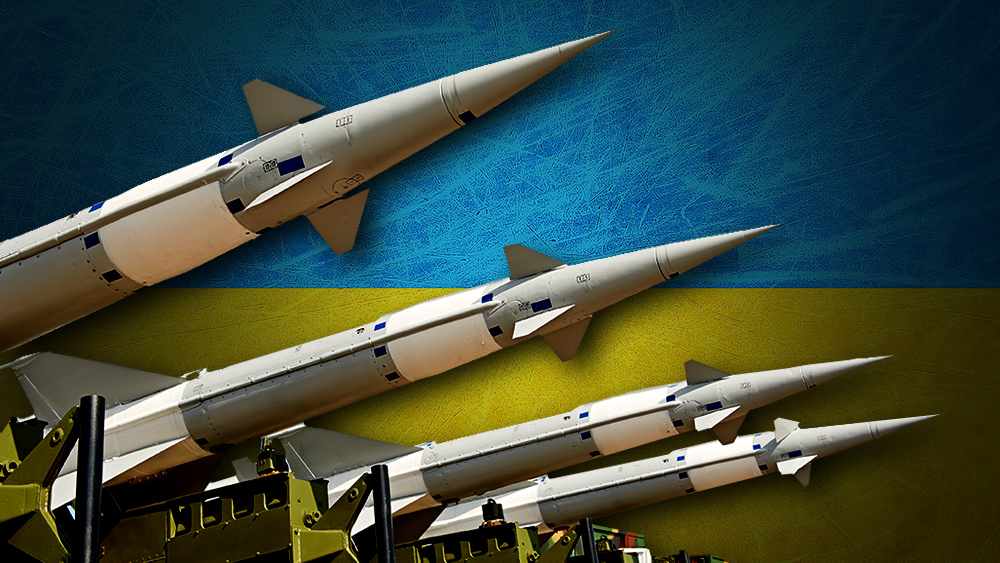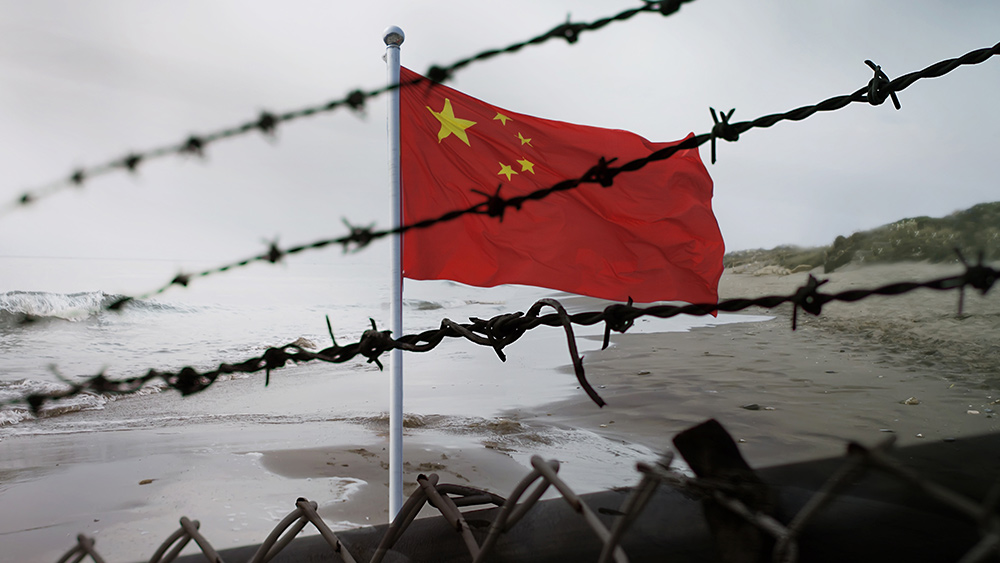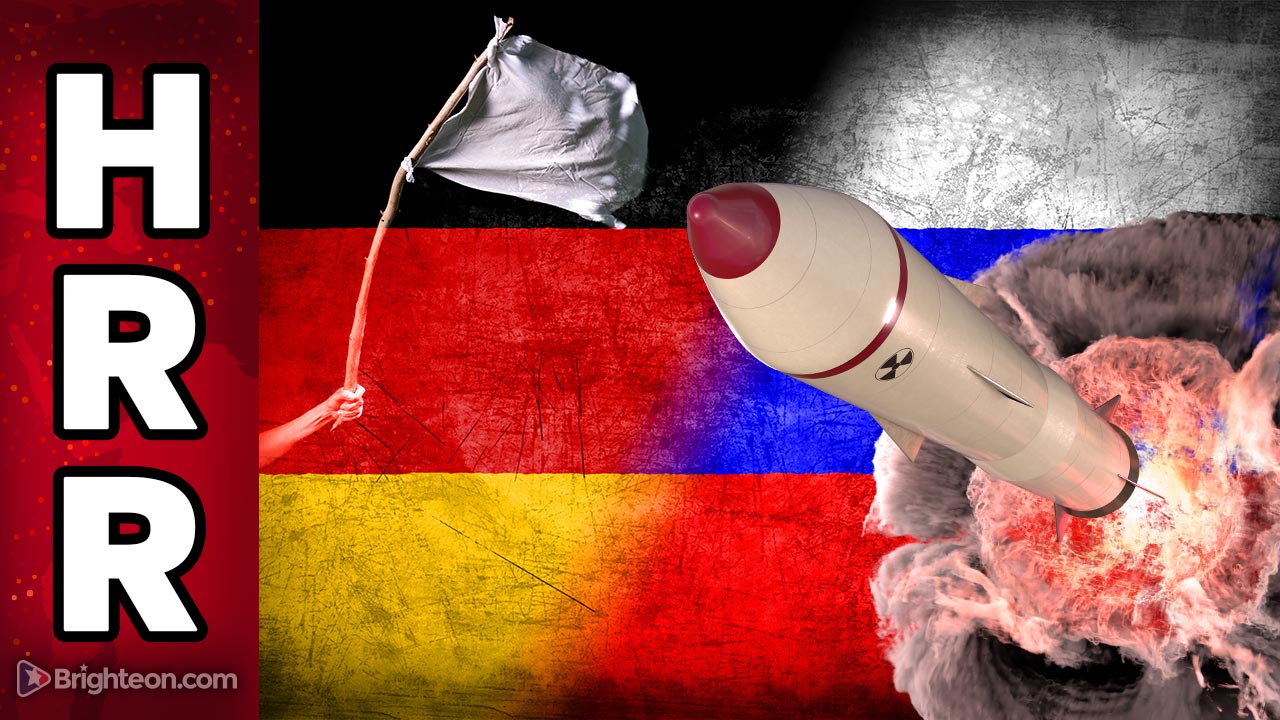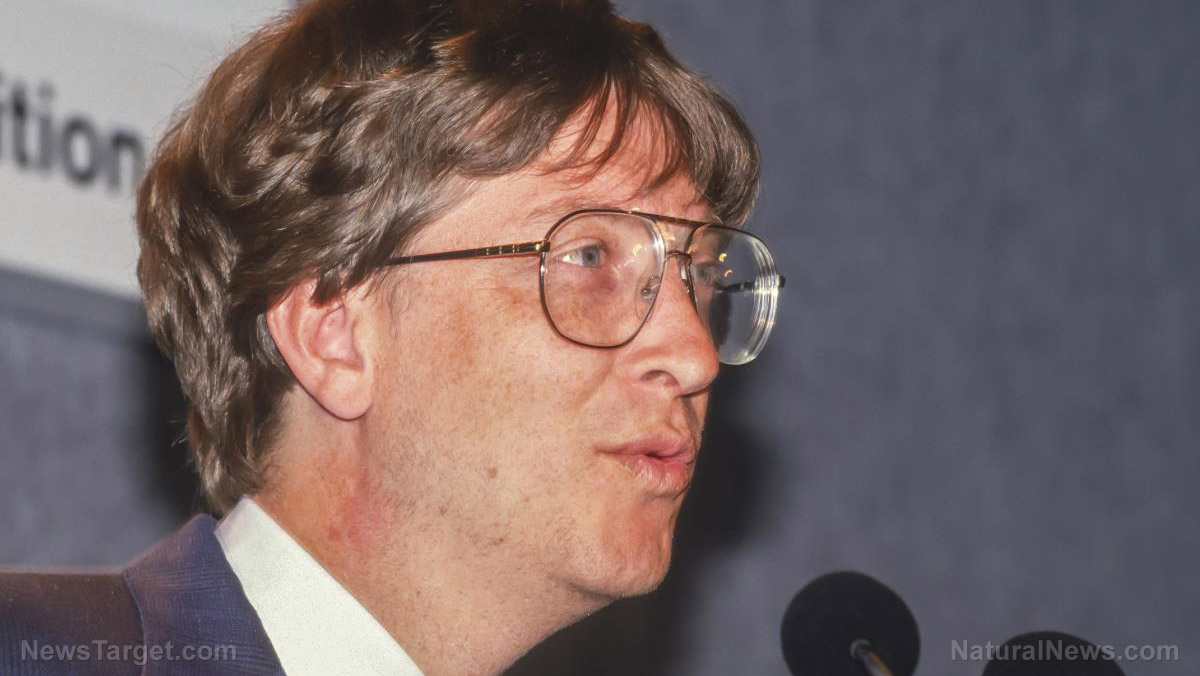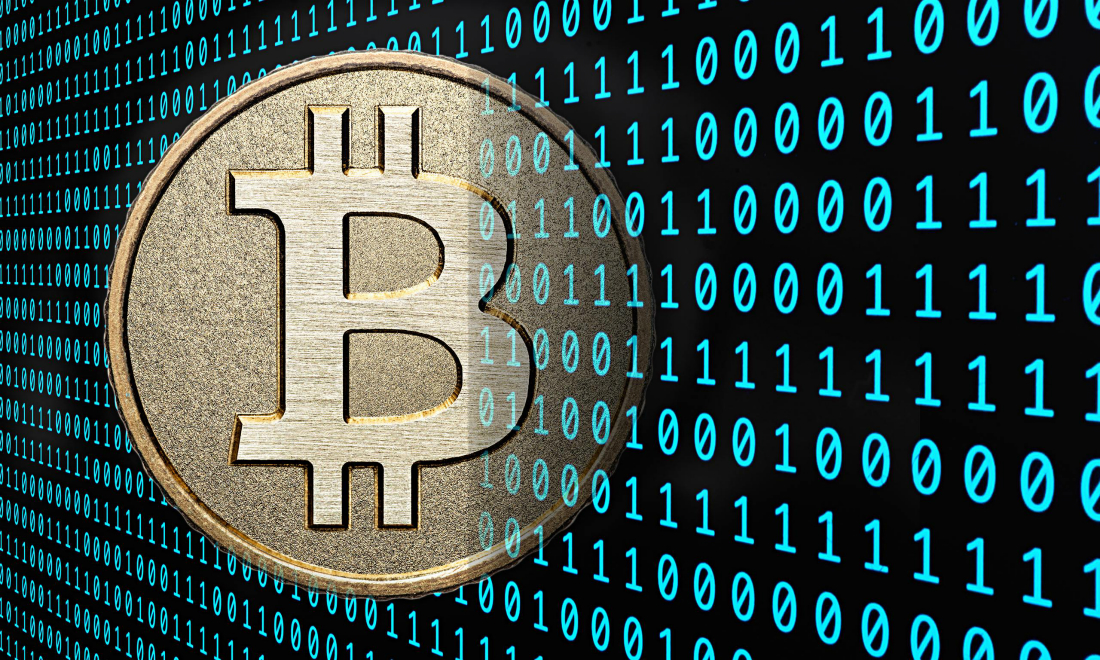China loads up on gold reserves with recent “mystery” purchase of 300 TONS
12/08/2022 / By Arsenio Toledo
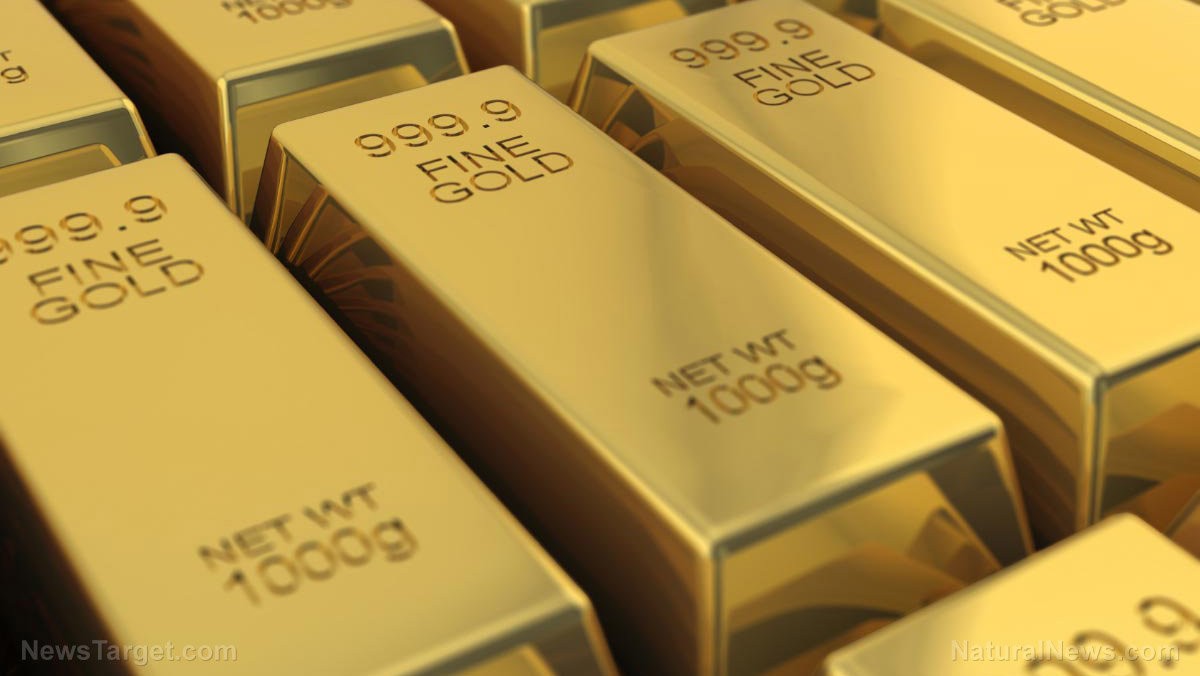
China has reported an increase in its gold reserves for the first time in more than three years, essentially admitting that its central bank is one of the recent mystery buyers of massive amounts of bullion in the gold market.
The gold industry has speculated over which central banks were behind the nearly 400 tons of sovereign purchases during the third quarter of 2022. Before this recent admission, only about a quarter of the gold purchased by central banks was publicly reported, causing market watchers to question whether large nations like China, Russia and India were behind the recent massive purchases. (Related: Central banks all over the world are buying gold at a furious pace.)
“Not all official institutions publicly report their gold holdings or may do so with a lag,” noted the World Gold Council in a report published in November.
On Wednesday, Dec. 7, some of the speculation was finally put to rest when the People’s Bank of China announced that it raised its holdings of gold by 32 tons in November compared to the previous month. This brings China’s publicly declared gold reserves to 1,980 tons, the sixth-biggest central bank bullion hoard in the world. This reserve is worth around $112 billion.
The United States still has the largest central bank-held gold reserve in the world, weighing in at around 8,133.5 tons.
China looking to diversify holdings with recent gold purchase
Bloomberg News wrote that the need to diversify its holdings “has rarely been greater” for China.
Most of the country’s foreign reserve holdings are dominated by the U.S. dollar. But with tensions rising in recent months, Beijing may be considering reducing its reliance on the strength of the dollar.
“This is a continuation of the trend for China. The central bank continues to use gold to diversify their reserves,” said Juan Carlos Artigas, global head of research at the World Gold Council. “I don’t think this is unusual activity for China.”
Giovanni Staunovo, an analyst for investment banking company UBS Group AG, noted that China still has a lot more room to grow if it is looking to further diversify its assets.
“Gold holdings in China as part of the total reserves are still very low, so there is probably room for further purchases down the road,” he said.
But Marc Chandler, managing director at Bannock Global Forex, noted that China’s recent gold purchase is still a drop in the bucket compared to the country’s overall reserves.
“It sounds like a lot, but if the issue is for diversification, it’s minor,” said Chandler. “I think the dollar’s role as a reserve currency is safe and the diversification out of the dollar into gold is modest and inconsequential for the dollar and probably for the gold market itself.”
China’s most recent announcement comes after three years of not reporting gold purchases. The communist nation seldom reports its gold purchases on time. In mid-2015, the country’s gold reserves jumped by 57 percent after providing its first update on its gold holdings in six years.
The People’s Bank noted that its most recent purchase was made when gold prices were around $1,650 an ounce, suggesting that China spent nearly $1.69 billion to increase its gold reserves in October.
Thanks in part to strong demand from central banks like China’s People’s Bank, gold prices have surged in recent weeks. As of early Dec. 7, gold in London cost $1,773 an ounce following a short-lived rally when an ounce cost around $1,800 for a few hours on Friday, Dec. 2.
Watch this episode of “Redacted” as host Clayton Morris discusses why China is stockpiling gold.
This video is from the ThriveTime Show channel on Brighteon.com.
More related stories:
Central banks continue adding gold to their net holdings as fears rise of a global currency collapse.
With a ‘double whammy’ hitting the system and the market going down, have gold and cash on hand.
Sources include:
Submit a correction >>
Tagged Under:
assets, bubble, bullion, central banks, China, currency reset, dollar demise, economics, economy, finance, gold, Gold Reserves, money supply, People's Bank of China, physical assets, Precious Metals, risk
This article may contain statements that reflect the opinion of the author
RECENT NEWS & ARTICLES
COPYRIGHT © 2017 NATIONAL SECURITY NEWS





